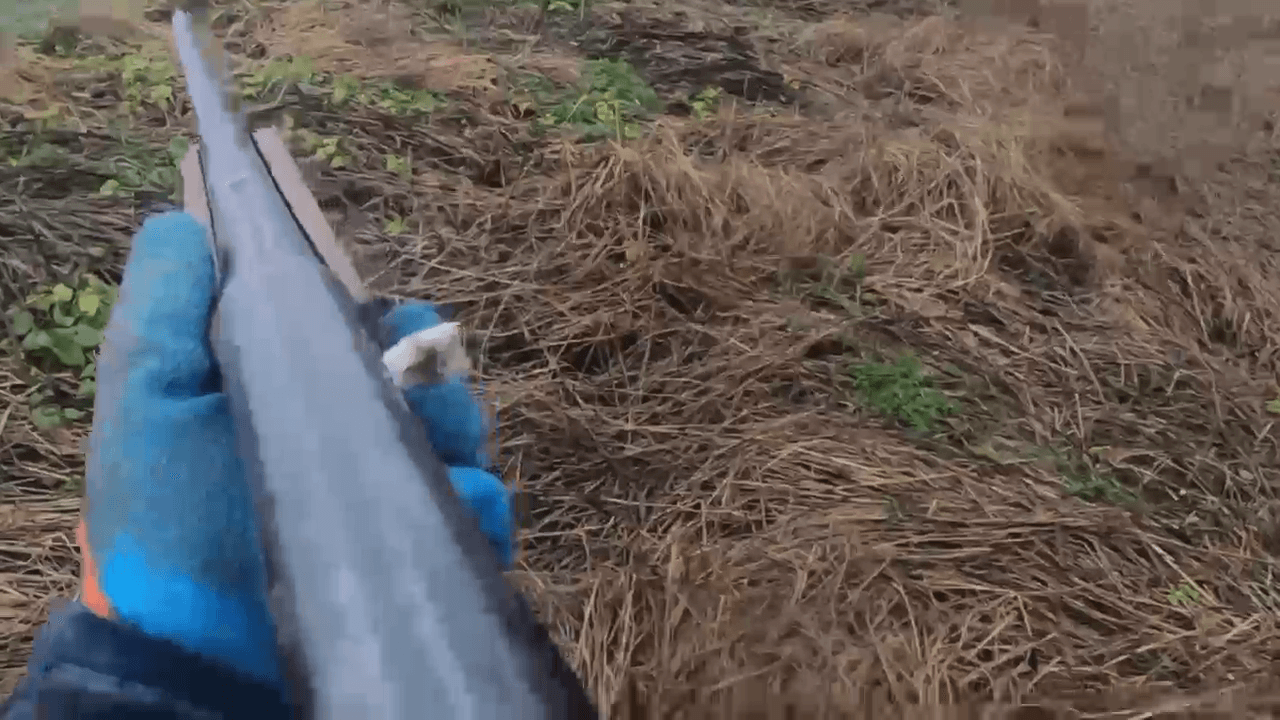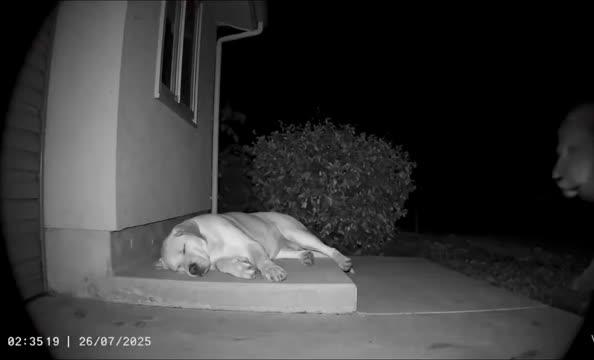
Indiana Hunting & Trapping Seasons 2025-2026: A Comprehensive Guide (IN) Indiana's hunting and trapping seasons for 2025-2026 offer a diverse range of opportunities for hunters and trappers. From February 2025 to March 2026, hunters can pursue various game, including deer, turkey, furbearers, and small game. The state's regulations ensure sustainable wildlife management while providing exciting outdoor experiences. Furbearers Red & Gray Fox * Hunting: Oct. 15, 2025 – Feb. 28, 2026 * Trapping: Oct. 15, 2025 – Jan. 31, 2026 Coyote & Striped Skunk * Hunting: Oct. 15, 2025 – March 15, 2026 * Trapping: Oct. 15, 2025 – March 15, 2026 Raccoon & Opossum * Hunting: Nov. 8, 2025 – Jan. 31, 2026 * Trapping: Nov. 8, 2025 – Jan. 31, 2026 Dog Running (Raccoon, Opossum) * Chasing Season Only (No Hunting): Feb. 1 – Oct. 25, 2025 Beaver * Trapping: Nov. 15, 2025 – March 15, 2026 Mink, Muskrat & Long-Tailed Weasel * Hunting: Nov. 15, 2025 – March 15, 2026 * Trapping: Nov. 15, 2025 – Jan. 31, 2
Post: 17 February 23:18














































